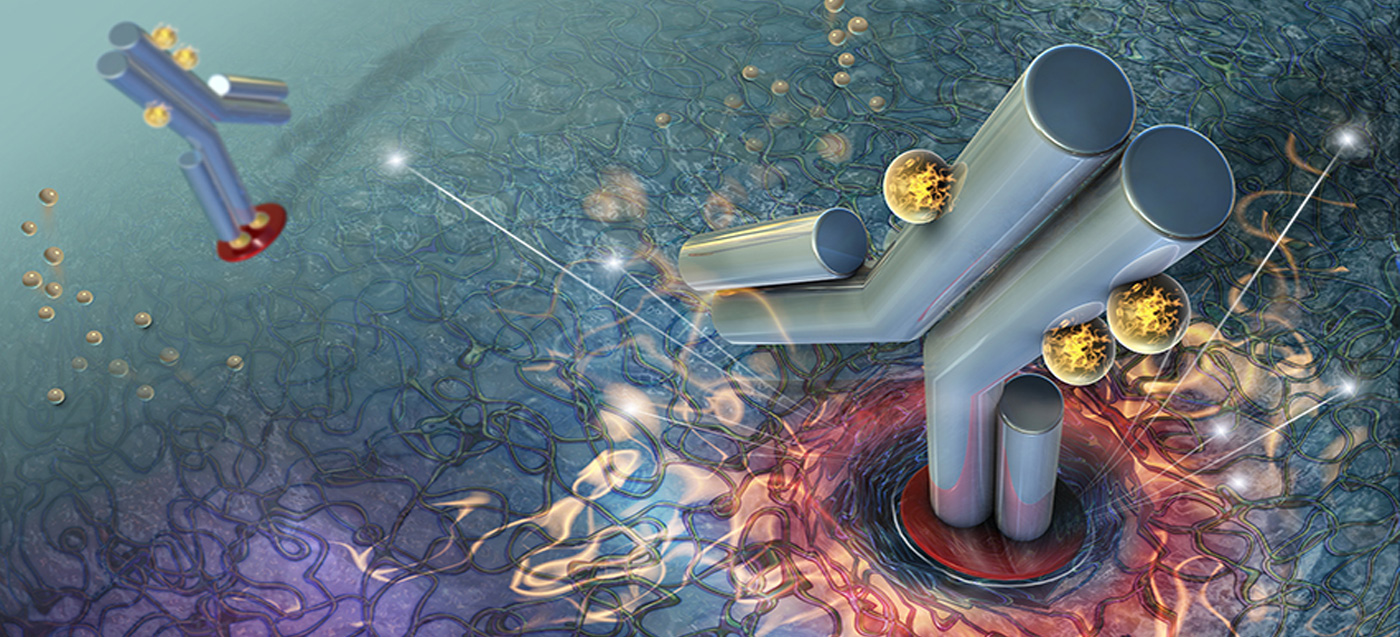
IGY
The concept of passive immunity by transferring the specific antibodies from hen to chick via egg for chick protection was first demonstrated by Klemperer in 1893. Leslie and Clem coined the term “IgY” to refer to antibodies of poultry including those found in egg yolk. Maternal Derived Antibodies (MDA) or also known as Passive Immunity are the naturally transfer of immunoglobulins from one individual to another. In birds, maternal antibodies are passed from hyper-immunized or naturally infected breeder hens to the progeny through the egg. The transfer of antibodies to the embryo occurs in two steps. First, the antibodies are deposited in the egg yolk and albumin (egg white) and afterwards it is transferred to the embryo. The hens transfer MDA to the egg by depositing the antibodies [IgY, IgA and IgM] in the egg yolk and albumin. As chicken IgG molecule is longer than mammalian IgG, the chicken IgG is referred by some authors as IgY. However, avian IgG (or IgY) is functionally homologous to mammalian IgG. The passage of IgY into the ova is regulated by the follicular epithelium which goes through morphologic changes as the ova grow. This epithelium becomes flatter and thinner in larger ovum allowing the passage of a large amount of IgY. The transfer of IgY through the ovarian follicular epithelium reaches its maximum 3 to 4 days prior ovulation and starts to decrease due to the development of vitelline membrane between the ovum and the follicular epithelium of ovary in preparation for ovulation. The IgY is transferred from the egg yolk to the offspring via the embryonic circulation. The transfer starts from day 7 of embryonic development and reaches its maximum rate 3 to 4 days before hatch. IgY makes up about 75% of the total immunoglobulin pool. The serum concentrations of IgY, IgA, and IgM have been reported to be 5.0, 1.25, and 0.61 mg/ml, respectively. A small amount of antigen in the milligram or microgram range usually elicits enough IgY response and the antibody titers persist over several weeks to several months. Furthermore, IgG antibodies obtained by conventional immunization methods; 200 mg of IgG can be obtained monthly, with approximately 5% constituting the specific antibody. Because of the high yolk antibodies concentration, over 100 mg of antibodies can be obtained from one egg. Since a laying hen produces approximately 20 eggs per month, 2 g of antibody per month and between 2% and 10% is the specific IgY.
